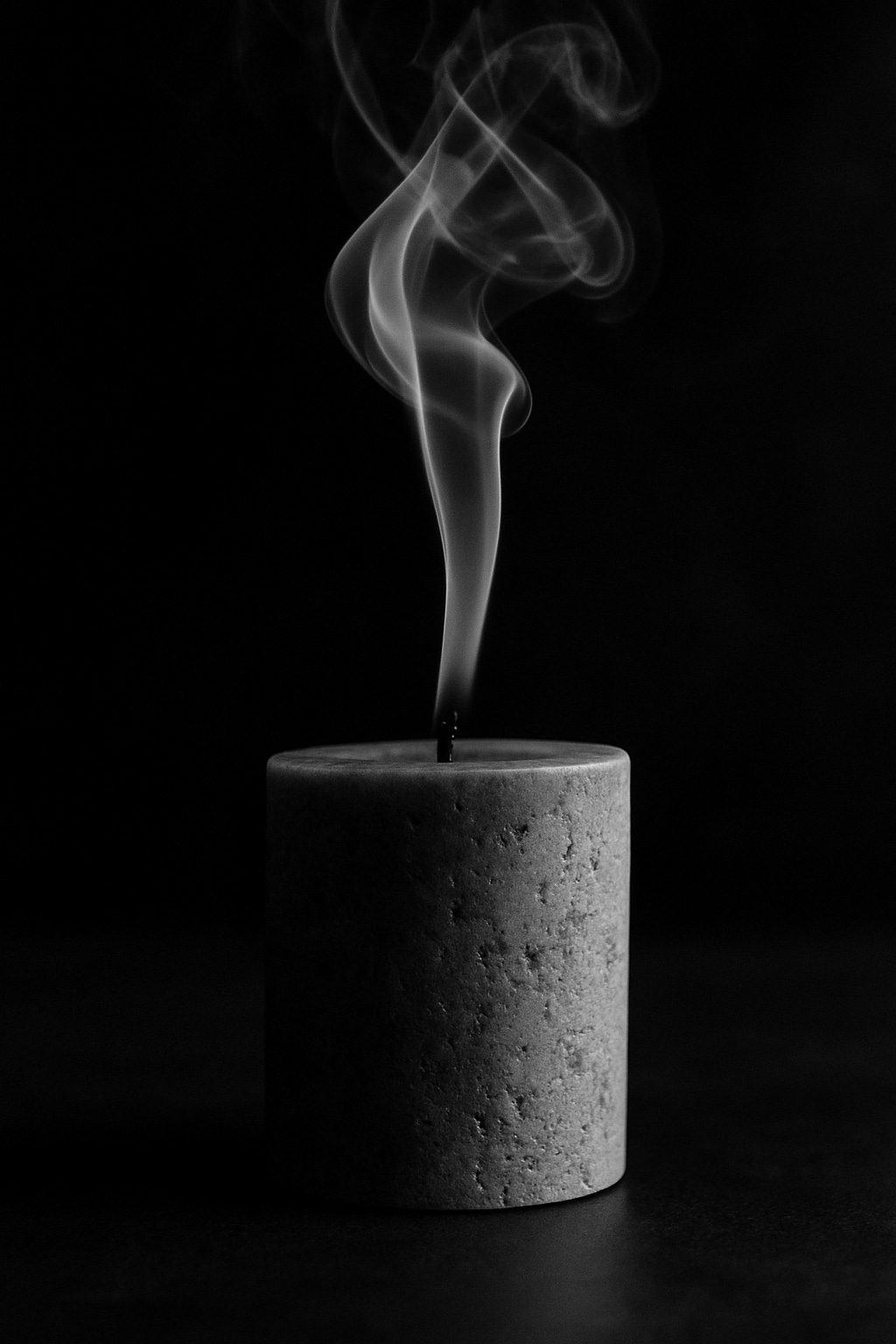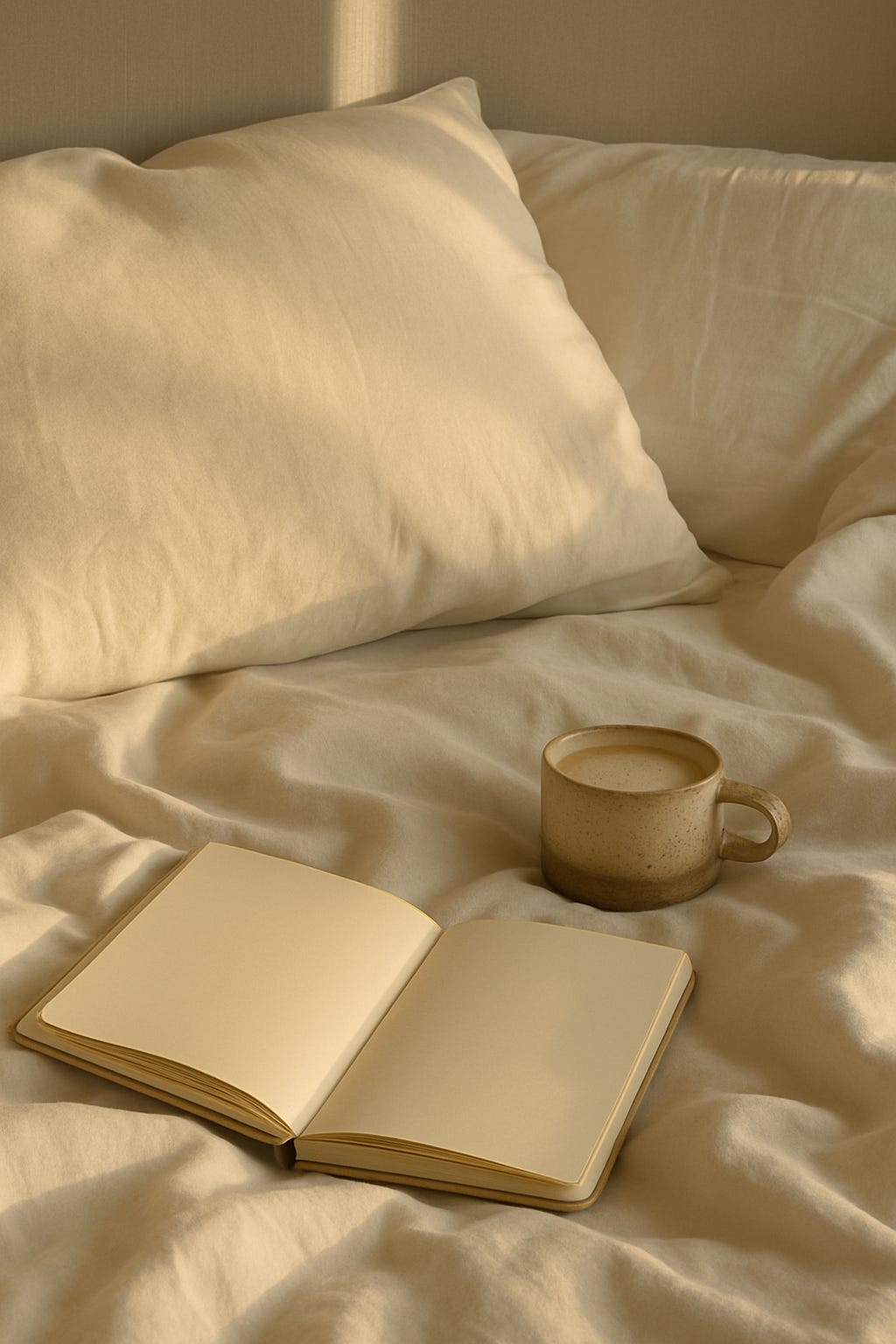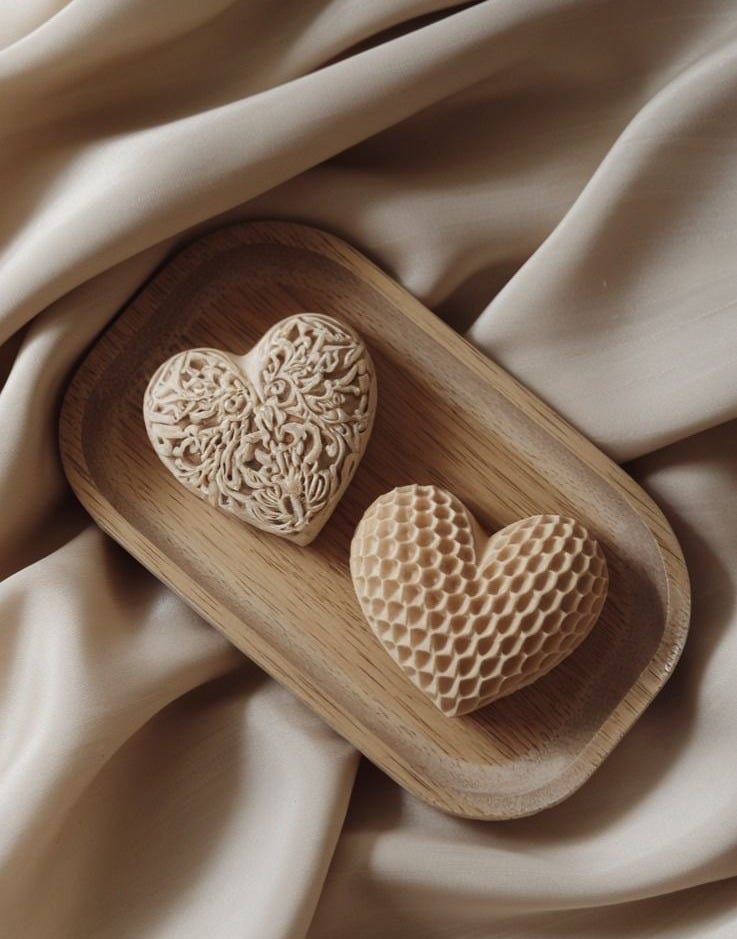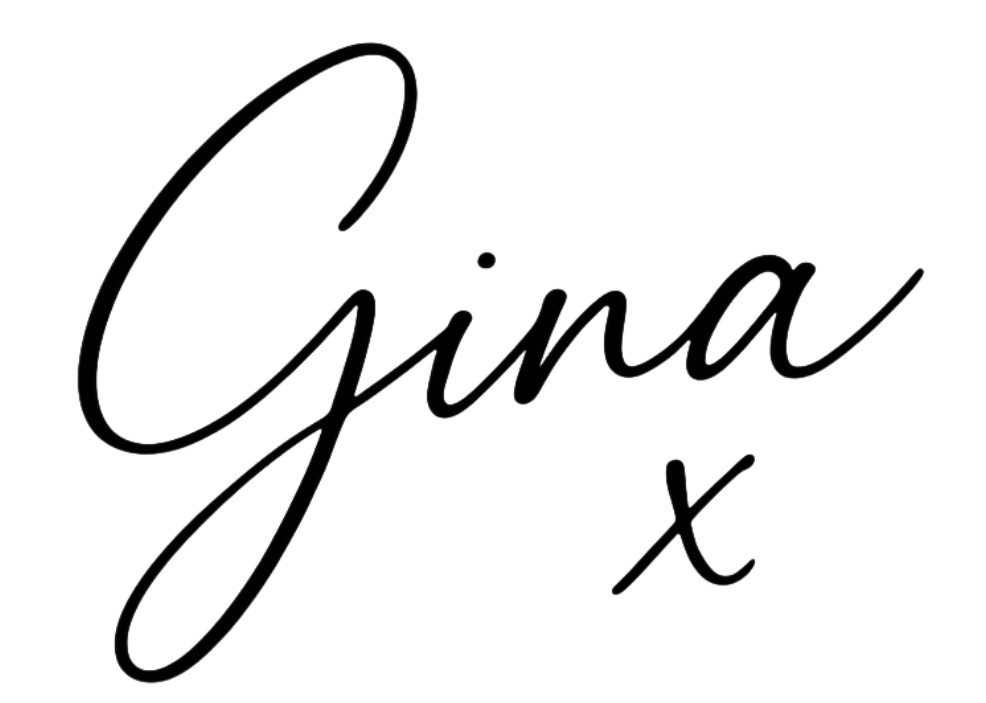Burnout doesn't always look like collapse
Do we really know when we need to pause and reset? This is a reflection on burnout, balance, and the quiet art of returning to yourself.
Running through life at 100mph without respite can often feel inescapable.
I know that feeling all too well, yet still drift back into it the habit every so often.
Because why not? Isn’t the art of living just a messy symphony of a hundred habit stacks and a life moving at 5x speed?
Just to give you a little personal context - I’m a working professional with a demanding schedule. I’m also someone who loves life. I care deeply about what I do. I cherish time with my people. I want to be present and available. But in reality that balance isn't always possible.
What I’ve learned instead is that each season of life asks for something different.
And the real skill isn’t achieving perfect balance—it’s learning to recognise what you need more of and recalibrate. But continuing to push ourselves to maximum capacity when there is no fuel left in the tank can lead to the exhaustion we know as burnout.
Burnout is not something that tends to hit instantly. Instead, it adopts the role of a sly, creeping menace. I usually describe it with the 3 S’s - slow, sneaky, and subtle. By the time we catch onto its lingering presence in our shadows, the signs are already well underway.
It’s not easy to detect, and even when it is, we still have to do the hard part: quieten the ego long enough to actually acknowledge it. But sometimes we don’t see it simply because we’re doing life in ways we love. We get so caught up in showing up for what and who we care about, that we forget to make space to breathe. So when I start to tread the sinkhole of burnout, I make time for my 3 R’s - rest, rejuvenate, and reset.
What even is burnout???
Here’s an interesting fact! Although it isn’t officially classified as a medical or mental health condition, burnout is recognised by the World Health Organisation (WHO) as an “occupational phenomenon”. Now, I don’t know about you—but with all the global phenomena happening right now, this is one I could happily skip.
Burnout is a state of mental, physical, and emotional exhaustion.
It tends to creep in when we’re under sustained pressure and long-term stress. Sadly it’s more common than ever - with 63% of UK employees now showing signs of burnout, such as ongoing exhaustion, lack of motivation, and emotional detachment from work.
Burnout doesn’t always look dramatic. Sometimes it just looks like... you.
It doesn’t show up one day with a big flashing sign. It sneaks in, wearing the face of your normal routine. But under the surface, things start to shift.
How it might show up:
Waking up tired, no matter how long you have slept.
Sleep becomes elusive - you're either wired at 2am or dragging at 8am.
Frequent headaches.
Body aches
Your appetite has changed - either missing entirely or replaced by endless snacking.
You get sick more often. Your body is telling you, even if your brain is ignoring it.
Then there’s the emotional layer:
You feel flat, numb, or just ”not here”.
You start questioning your worth, your work; even your purpose.
Joy feels far away. Cynicism sneaks in. You stop caring about things you used to love.
The hardest part? You can look functional. Even successful.
Can burnout be a concern?
A question you might be asking yourself as you’re reading this.
The truth? There are plenty of reasons burnout is becoming a growing concern in today’s world. The pressures of daily life have evolved—so have the expectations in the modern workplace. And when you're juggling all of that at once? It’s a recipe that inspires nothing but a growing appetite for overwhelm.
Anything that imposes long-term stress on the body eventually starts to seep into our mental and physical health. Left unchecked, it can lead to anxiety, chronic fatigue, and other long-term health issues that chip away at our well-being, slowly but consistently.
Now, for the part that actually inspired me to write this post in the first place…
The ways I’ve found most helpful in managing burnout when it hits—and, on a good day, catching it before it catches me.
🔍 Zoom in on what’s stretching you thin
There are many reasons burnout happens—but to alleviate it, you first need to understand where it's coming from.
That means stepping back and reviewing your daily schedule.
Sometimes, we don’t realise how much we’re carrying until we stop and smell the burnt roses.
🛑 Setting boundaries (or, as I like to call it, creating space for you)
For me, learning to set boundaries wasn’t about becoming rigid or saying no to everything.
It was about recognising where my energy was leaking—and gently closing the tap.
Whether it was scaling back my availability, turning off notifications, or simply carving out 30 minutes that were mine and mine alone… it made a difference.
Reclaiming rest without guilt
Rest used to feel like weakness to me. Like I was slacking. Falling behind.
But now I see it for what it really is: a return. A reset.
Rest is the quiet place I go to remember who I am without the noise of everyone else’s needs. Some days it’s sleep. Other days it’s silence. Either way, I’ve stopped apologising for needing it.
✨ Listening to the signs (instead of pushing through them)
This one’s still a work-in-progress. But I’m learning to catch the clues earlier.
When I start snapping at small things. When my calendar fills and my soul shrinks.
When I catch myself saying, “I’m fine,” through clenched teeth—
That’s my signal.
To pause.
To ask myself what I actually need.
To respond with care, not just caffeine.
🧡 Reconnecting with what (and who) truly matters
Another shift that’s helped me is spending more time doing things I love.
This includes socialising with people. Conversations that aren’t rushed or sandwiched between tasks. Because burnout thrives in isolation—and healing often begins in connection.
It also means doing things that pull me out of work mode and into my creative, playful zone.
Cooking a new recipe, reading a gripping book, or exercising to keep everything moving and agile. It doesn’t always have to be elaborate.
🥗 Feeding the body like it’s on your side
I’ve also learned to pay attention to how I fuel myself.
Not in a diet culture kind of way—but in a does-this-make-me-feel-alive-or-exhausted kind of way.
Choosing foods that support my energy and daily goals has become a quiet form of self-respect.
Making space for nothing
And finally—giving myself one day a week (or even just an afternoon) to switch off.
No errands. No chores. No productivity guilt.
Just space. Space to rest, be still, or do something for the joy of it.
It sounds simple, but it can be easier said than done. And it's changed everything.
🎨 Break the monotony, breathe in something new
Sometimes burnout doesn’t come from overwhelm—it creeps in when life becomes too predictable.
Same to-do list. Same meals. Same commute. Same cycle of doing what needs to be done, over and over again.
It’s easy to get stuck in the loop of mundane necessities, and without even realising it, our days start to feel colourless.
That’s when the spirit begins to dim—not from chaos, but from repetition without inspiration.
One thing that’s helped me more than I expected?
Injecting my week with something new. Something just for me.
Whether it’s signing up for that pottery class I’ve been eyeing, finally booking that reformer Pilates session, or saying yes to something I’ve never tried before…
It gives me a little space to breathe.
It shakes up the rhythm just enough to remind me I’m alive—not just functioning.
Even the smallest shift—exploring a new café, walking a different route, reading a genre I’ve never touched—can bring back that spark.
It doesn’t have to be life-changing. It just has to be life-affirming.
Try something new. Surprise yourself. It might be exactly the breath of fresh air your week’s been waiting for.
And finally…
Burnout isn’t a failure—it’s a sign of how much you’ve cared, how deeply you’ve given, how far you’ve pushed.
But you’re not here to be endlessly poured out.
You deserve a life that feeds you back.
So take the space. Honour the pauses.
Let rest be a quiet rebellion, and joy your compass.
You don’t need to do more to be enough.
You just need to come back to yourself—gently, again and again.
P.S. A little something extra...
Gina’s Koffee Note will always be a cosy corner for free content—but if you’d like to support my writing and access exclusive posts, interviews, and deeper reflections, you can become a paid subscriber too.
There’s never any pressure—just the option to help me continue pouring love and time into this space.
It’s like topping up my coffee jar, so I can keep brewing stories worth sipping.
👉 Upgrade to paid, if and when it feels right for you.







👏🏼 Well written
Another well TURNED OUT article. 👏🏽👏🏽👍👍